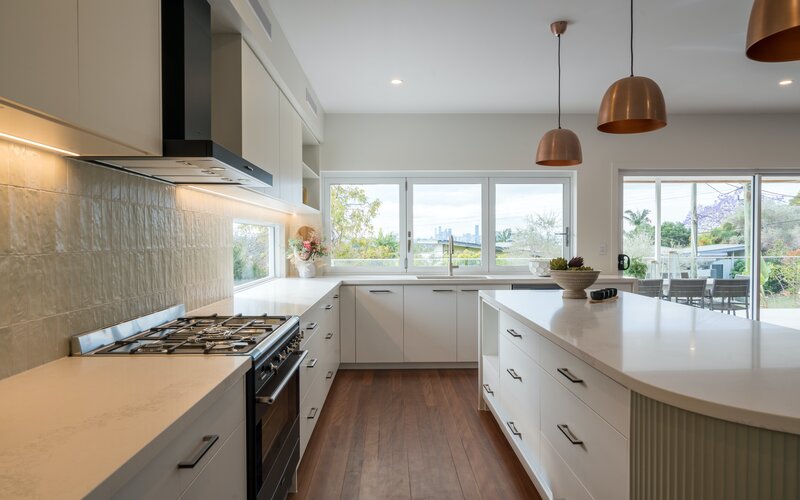
That’s according to new research from CoreLogic, revealing around 16% of properties sold over the three months to September were bought by the seller within the last three years.
Of those, nearly half were sold for less than they were purchased for.
Units were also more likely to sell at a loss (making up 70.9% of loss-making sales), as were investment properties.
Investors made up just 28.7% of all sales last quarter but accounted for 55.9% of losses, with one in 10 selling for less than they bought for.
Comparatively, just 3% of owner-occupiers sold their home for less than they paid for it.
Both groups recorded a median loss of around $40,000.
However, loss-making sales were just a small fraction of all 86,000 transactions CoreLogic considered.
Across the board, 93.5% of sales saw a seller walking away with a median gain of $298,000 - a combined profit of $27.4 billion.
"While the portion of short-term reselling dipped marginally quarter-on-quarter, resales with a hold period of three years or less hit a decade high in the year to September,” CoreLogic head of research Eliza Owen said.
"Another emerging trend in resale analysis is the greater share of loss-making that occurred within a relatively short hold period, as opposed to properties commonly making a loss after being purchased in mining regions around a decade ago.”
Short-term property sales are expected to increase next year, but not by much.
That’s forecast to largely reflect a rise in mortgage stress following the 13 rate hikes put forward by the Reserve Bank of Australia (RBA) since May 2022.
"The RBA is forecasting unemployment to rise to 4.2% by the end of next year, up from 3.9% at the end of this year,” Ms Owens said.
“This will test serviceability, and may lead to an increase in motivated selling for mortgagors with high debt levels and low savings buffers.
"However, this is ultimately a small share of mortgagors, so the portion of short term resales is not expected to grow substantially from where it is now.
She notes that further increases in property values across the nation should limit the number of loss-making sales, but warns growth conditions appear weaker in Sydney and Melbourne as of late.
When it came to individual cities, Adelaide boasted the highest portion of profitable property sales, with just 1.5% of sales recording a loss.
It follows a surge in values in the city of churches - its median dwelling value rose 11.9% over the 12 months to November, reaching $704,267.
Conversely, 30% of property sales in Darwin and 10% of those in Perth resulted in a loss.
That’s despite median property prices in the respective cities having risen 4.7% and 18.9% over the year to November to $496,792 and $646,520.
"Perth's rate of loss-making sales is now far more comparable to that of east-coast capitals, where Sydney and Melbourne had loss-making resale rates of around 9%," Ms Owen said.
Image by Mat Kilkeary on Unsplash.
Collections: Selling your property Buying a home Mortgage News Property News



Share